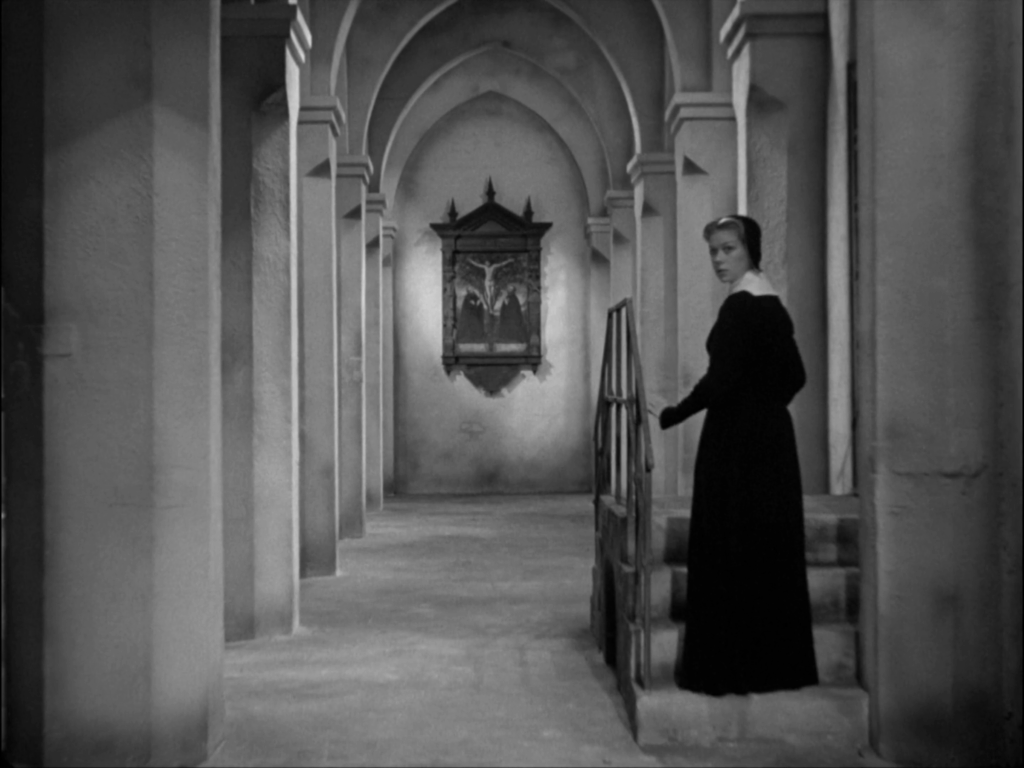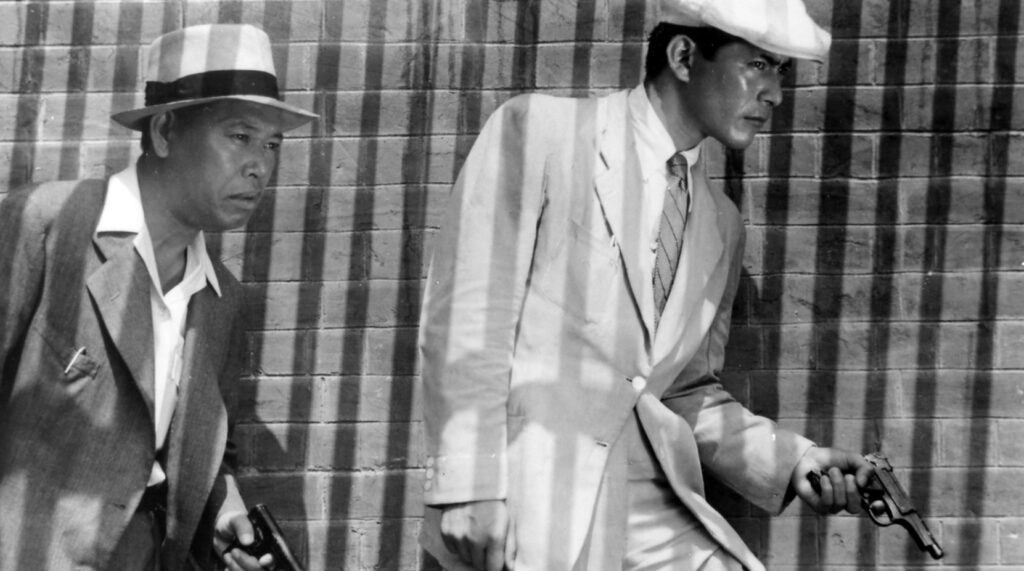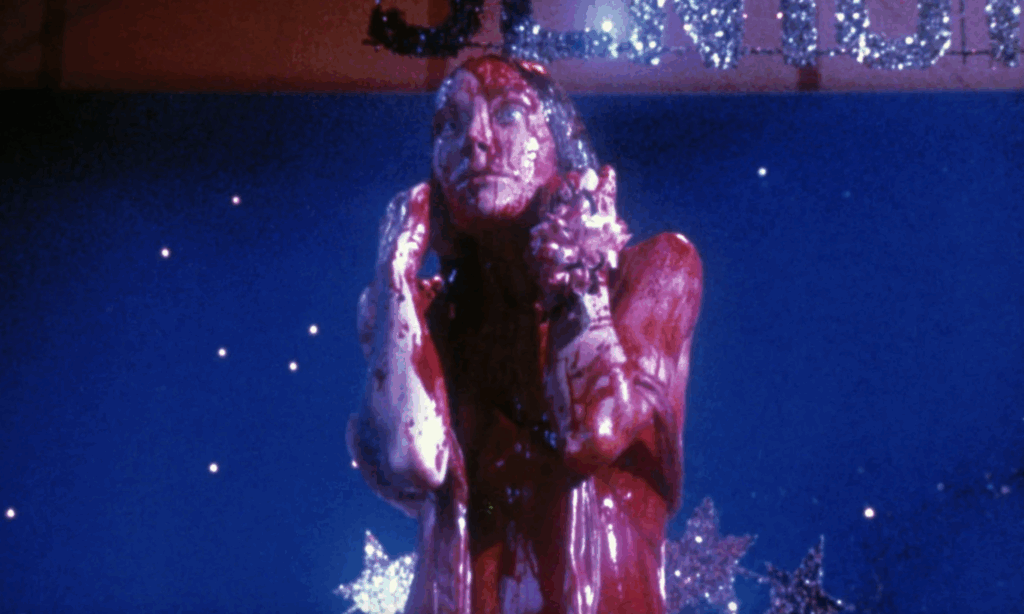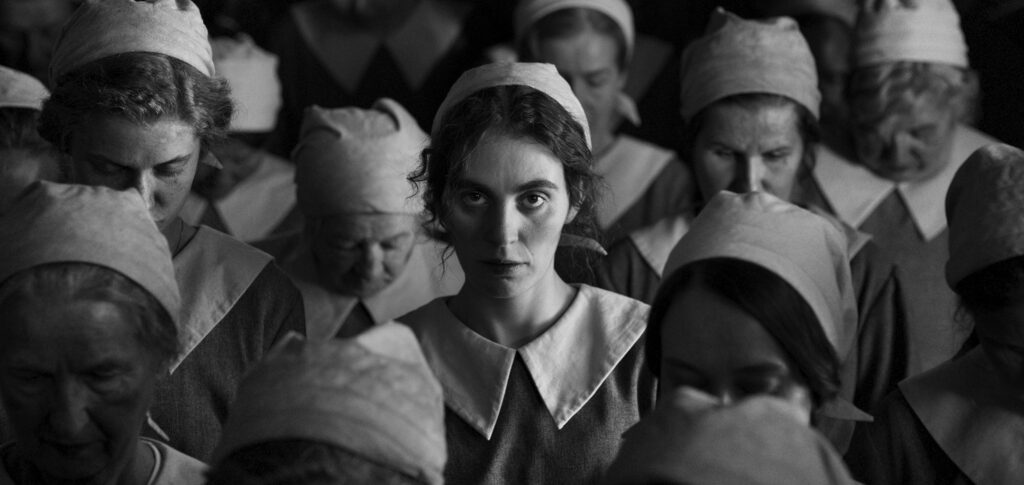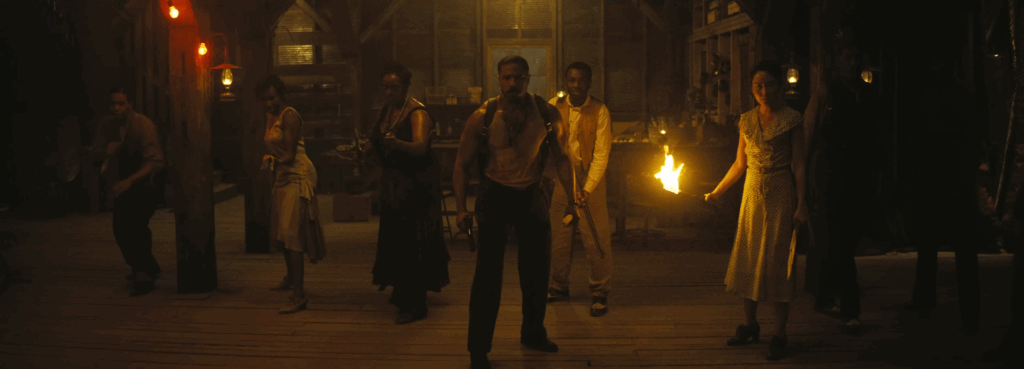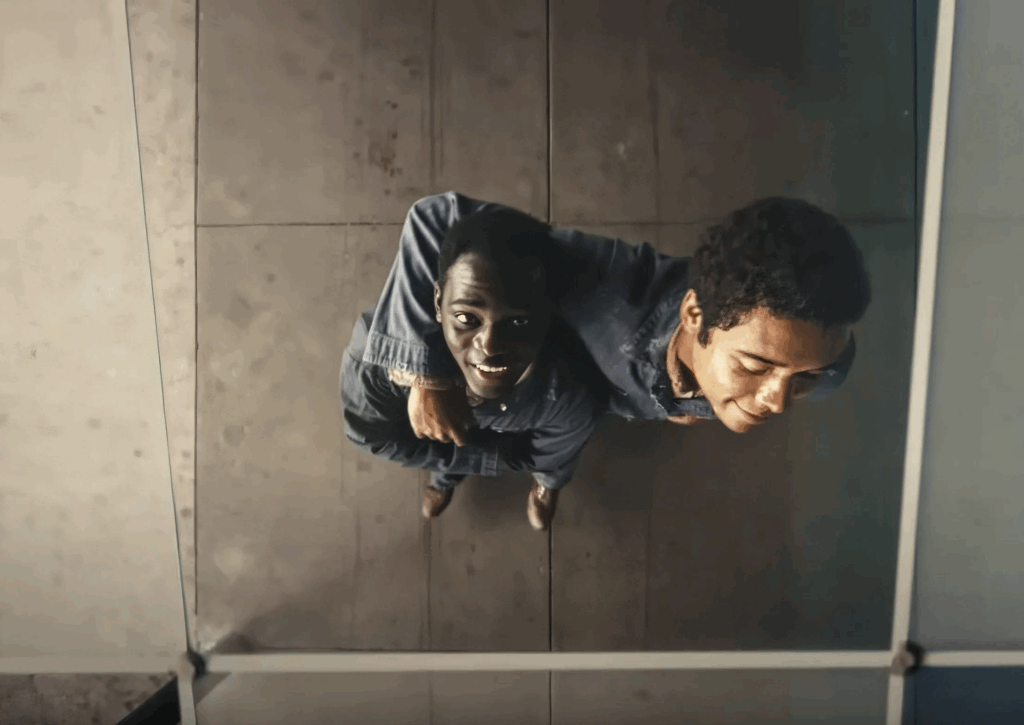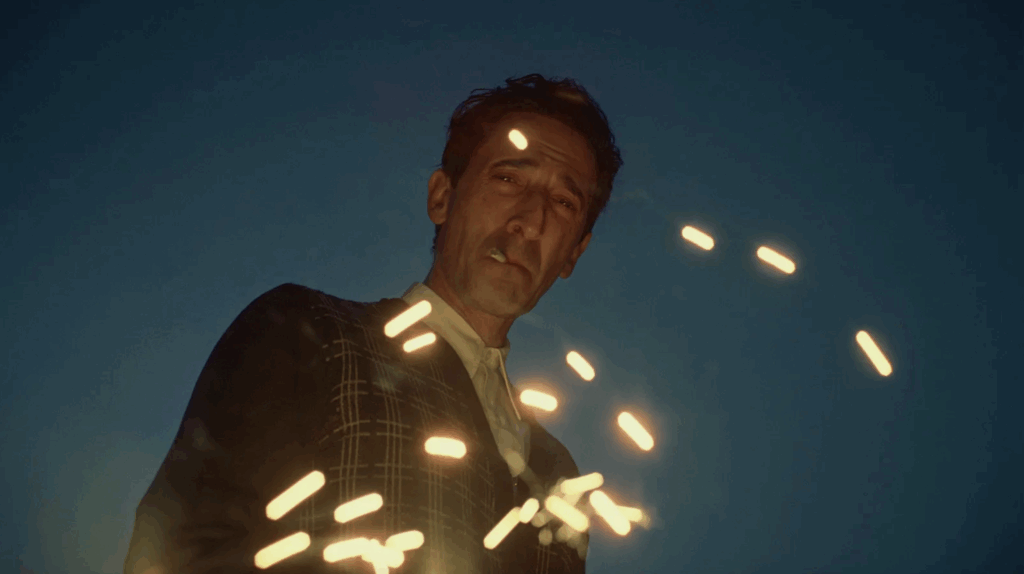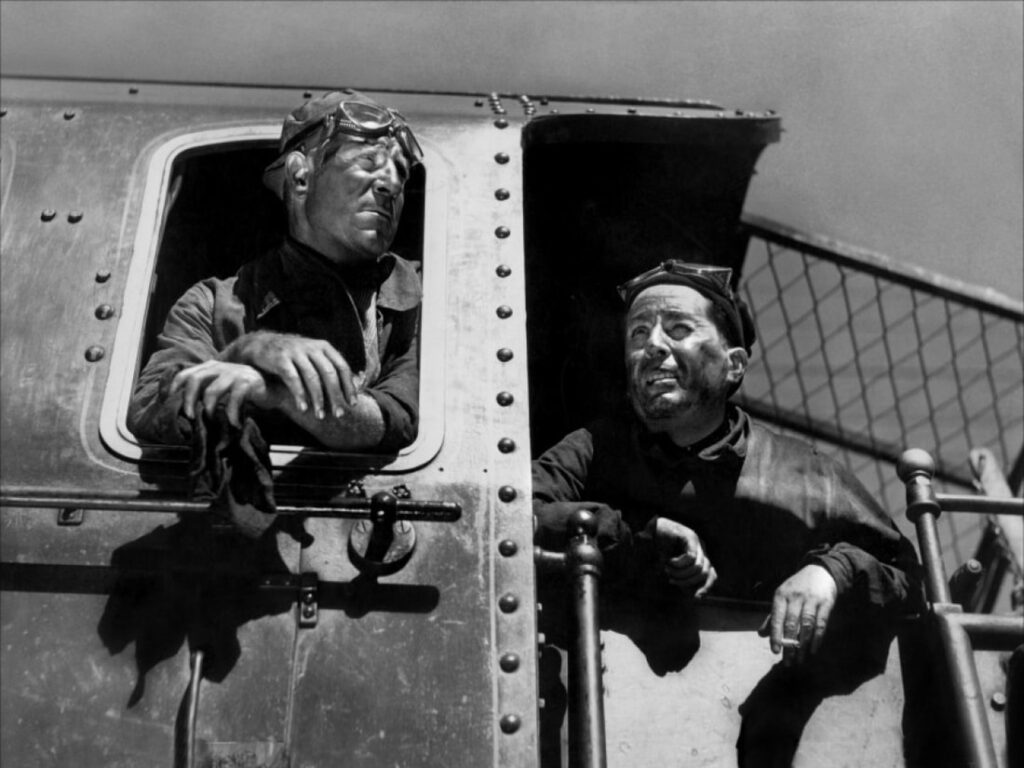Day of Wrath (1943)
Even as Carl Theodor Dreyer holds the witch trials of one small Danish village in great contempt, Day of Wrath never truly rules out the question of whether some transcendent power is at play, sending the damned to early graves while the living stoke destructive flames of rumour and suspicion.

